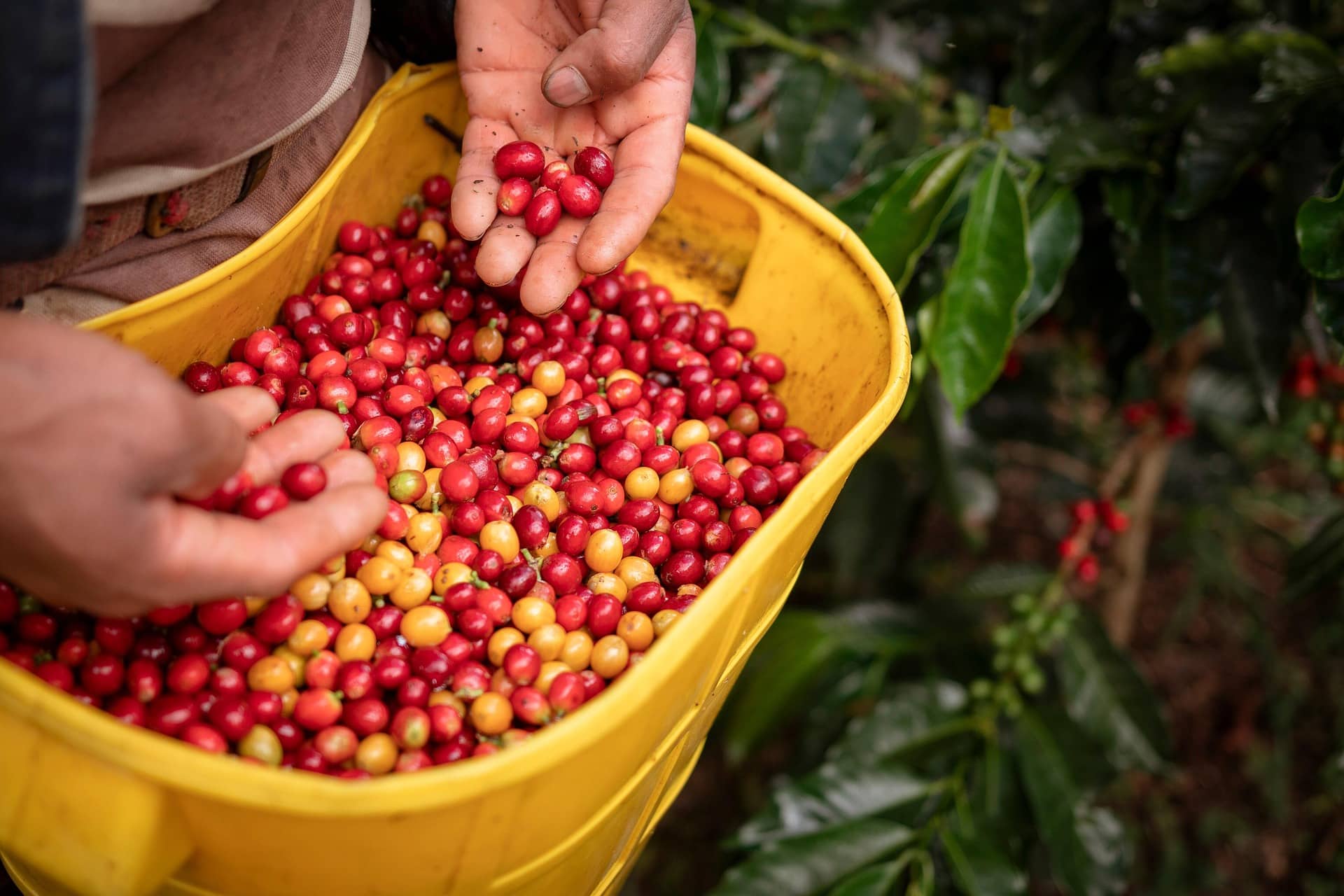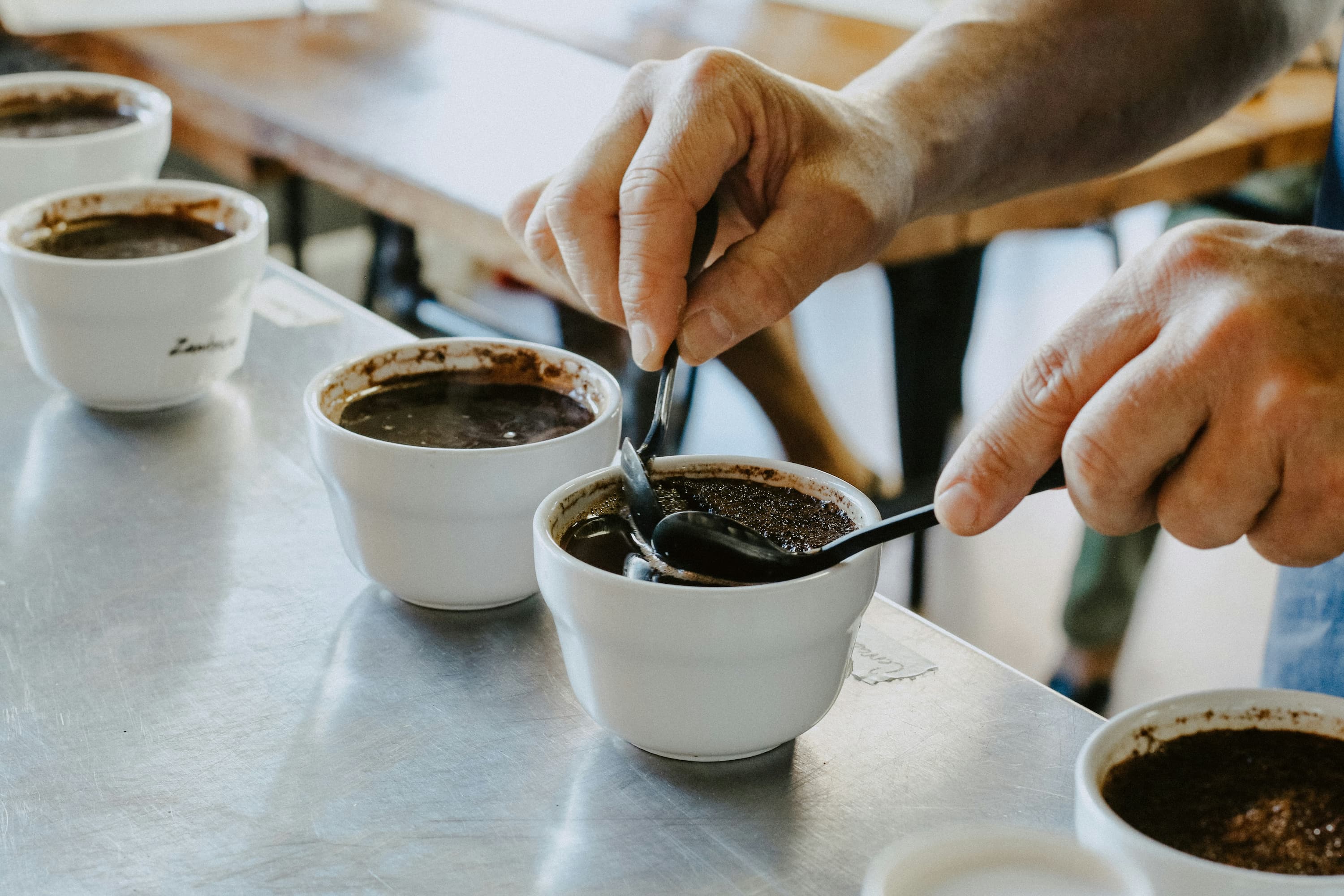
Coffee Certification Challenges
Once thought to be a straightforward incentive for producers and roasters, coffee certification challenges have become increasingly complex …

But understanding the waves of coffee helps us see where our daily brew fits in. In this guide, we’ll explore coffee waves explained through history, culture, and innovation.
Coffee as we all know it has historically been divided into “waves”, or movements, each of which encapsulate the state, evolution and innovation of coffee products and production at that time. You might have had coffee in and from different waves and not even realized it. Although this concept has little practical use to the average coffee drinker, it does provide a glimpse into the trajectory of the coffee industry and what kinds of initiatives the most innovative companies are working on.
The first wave of coffee is widely considered to have started sometime in the 1800s, and, aside from being the first wave declaration, isn’t anything special in today’s terms. Prominent brands in the first wave were not focused on quality, traceability, and for that matter, neither were consumers.
Coffee was primarily about the caffeine jolt and was viewed as a plain commodity more than anything else, and not something that would become an open canvas for experimentation in more recent times. If you’ve had Maxwell House or Folgers or similar coffees, congratulations, you’ve had first wave coffee!
The second wave of coffee began around the time that Starbucks first gained steam, around the 1970s. Whatever you might think of them, Starbucks was a pioneer. Along with others like Peet’s and Caribou Coffee, these brands transformed coffee from a necessity and commodity to a specialty drink and lifestyle. Café life, baristas, and higher quality beans elevated coffee to be a new experience. Specialty coffee was born and this wave set the stage for a lot of the innovation we see today.
The pace of innovation accelerated thereafter and quickly led to the third wave of coffee, which depending on the source you read, was first mentioned in either 1999 or 2002. The third wave was more about supply chain sustainability, traceability, experimentation in roasting with more focus on the methods of actually making coffee. We say the third wave “was” because it’s not clear whether we’re in the third wave anymore.
According to the Barista Institute, as of 2019 or 2020 we’re actually in the fourth wave, in which the science and chemistry of coffee has taken on a more prominent role, especially as it relates to brewing and brewing equipment. Others say the fourth wave, if we are not already there, will be an escalation of the third wave’s initial focus on sustainability and innovation.
There are even a few whispers of the fifth wave of coffee, which would, among other things, reduce the fourth wave’s lifespan to just a few years (assuming we are in it now), which to us makes a fifth wave declaration a bit premature.
So the real debate it seems is whether we’re in the third or fourth wave. If we’re still in the third wave, it seems a little crazy then that we’re only one measure away from a movement that was coined when Starbucks was a new company. Look at all the innovation that has happened in the specialty coffee world just in the last few years, let alone since the 1970s, and it seems unnatural to say we’re just “one step” beyond Starbucks’ entrance into the market.
In the end, as these coffee movements are essentially industry-sourced declarations and not official certifications, there’s no 100% right answer here. And although what wave we’re in may not have much impact on what you think of that cup of coffee in front of you, it’s exciting to view these waves as benchmarks in how the industry views itself and its future. Whatever wave we are in today, we’re excited to see what comes next.

Once thought to be a straightforward incentive for producers and roasters, coffee certification challenges have become increasingly complex …

Each quarter in our benchmarking report, we analyze a broad sample of single origin coffees from hundreds of small roasters …

You read tasting notes because they promise an experience. Yet the language on coffee bags often feels repetitive …
